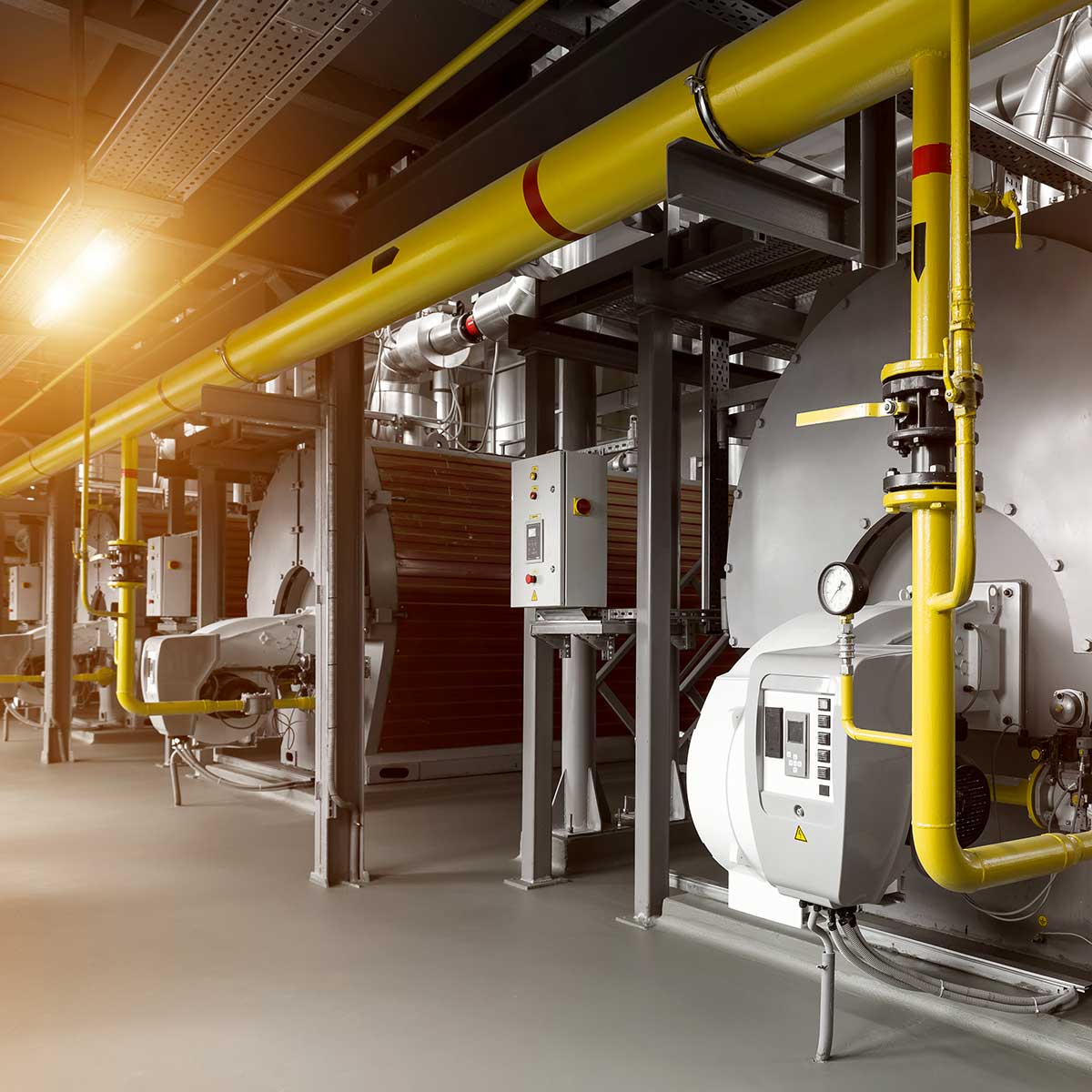Designing, installing, and maintaining gas piping systems for process and commercial heating involves a meticulous process that ensures safety, efficiency, and compliance with industry standards. From conceptualization to execution and ongoing maintenance, each phase plays a crucial role in delivering reliable heating solutions.

Design Phase:
Gas pipe work design begins with a comprehensive understanding of the heating requirements and the specific demands of the process or commercial facility. Factors such as heat load calculations, pressure requirements, material selection, and regulatory codes dictate the design.
- Pressure and Flow Considerations: Understanding the required pressure and flow rates is crucial for sizing the pipes appropriately. This involves considering the peak demand, pressure drops, and ensuring consistent heat distribution throughout the system.
- Material Selection: Choosing the right materials is vital for longevity and safety. Steel, copper, and various types of plastics are common choices for gas pipelines, each with its own strengths and limitations. Factors such as corrosion resistance, durability, and cost will need to be considered in this decision.
- Compliance with Codes and Standards: Compliance with local and national codes and standards, such as IGE/UP/1 and IGE/UP/2, is non-negotiable. Designing the system to meet these regulations ensures safety and legal adherence.

Installation Phase:
Once the design is finalized, the installation process begins. This phase involves precise execution of the designed plan while adhering to safety protocols and quality standards.
- Preparation: Before installation, proper site preparation, including clearing potential obstructions and ensuring a clean working area, is essential. Safety measures like proper ventilation and gas leak detection systems are put in place.
- Pipe Assembly: Our skilled engineers assemble and install the gas pipes, valves, fittings, and other components according to the design specifications. Welding, threading, or using compression fittings are common methods employed during this phase.
- Pressure Testing: Conducting pressure tests ensures the integrity of the system. This involves pressurizing the pipes to verify their ability to withstand the designated pressure without leaks or faults. This should be done to standard procedures such as IGE/UP/1 and IGE/UP/1A
- Safety Checks: Inspecting for leaks, verifying proper ventilation, and ensuring compliance with [named?] safety standards are critical before commissioning the system.

Maintenance Phase:
Regular maintenance is essential to ensure the continued efficiency and safety of the gas pipe work system for process and commercial heating.
- Inspections: Scheduled inspections check for signs of wear, corrosion, or damage that could compromise the system’s integrity. These inspections also ensure compliance with evolving regulations.
- Leak Detection: Implementing routine leak detection measures using specialized equipment helps identify and address leaks promptly, preventing potential hazards.
- Cleaning and Upkeep: Regular cleaning of pipes and components helps maintain efficiency by preventing blockages and buildup of debris or contaminants.
- Upgrades and Repairs: Upgrading components or making necessary repairs based on inspection findings or to meet changing heating demands is crucial for system longevity and efficiency.

Conclusion:
Designing, installing, and maintaining gas pipelines and piping systems for process and commercial heating involves a comprehensive approach that prioritizes safety, efficiency, and compliance. From the meticulous design phase considering heat loads and material selection to the precise installation and ongoing maintenance, every step is critical in ensuring a reliable and safe heating system for various industrial and commercial applications. Professional expertise, adherence to regulations, and proactive maintenance are key elements in achieving optimal performance and longevity of these systems.